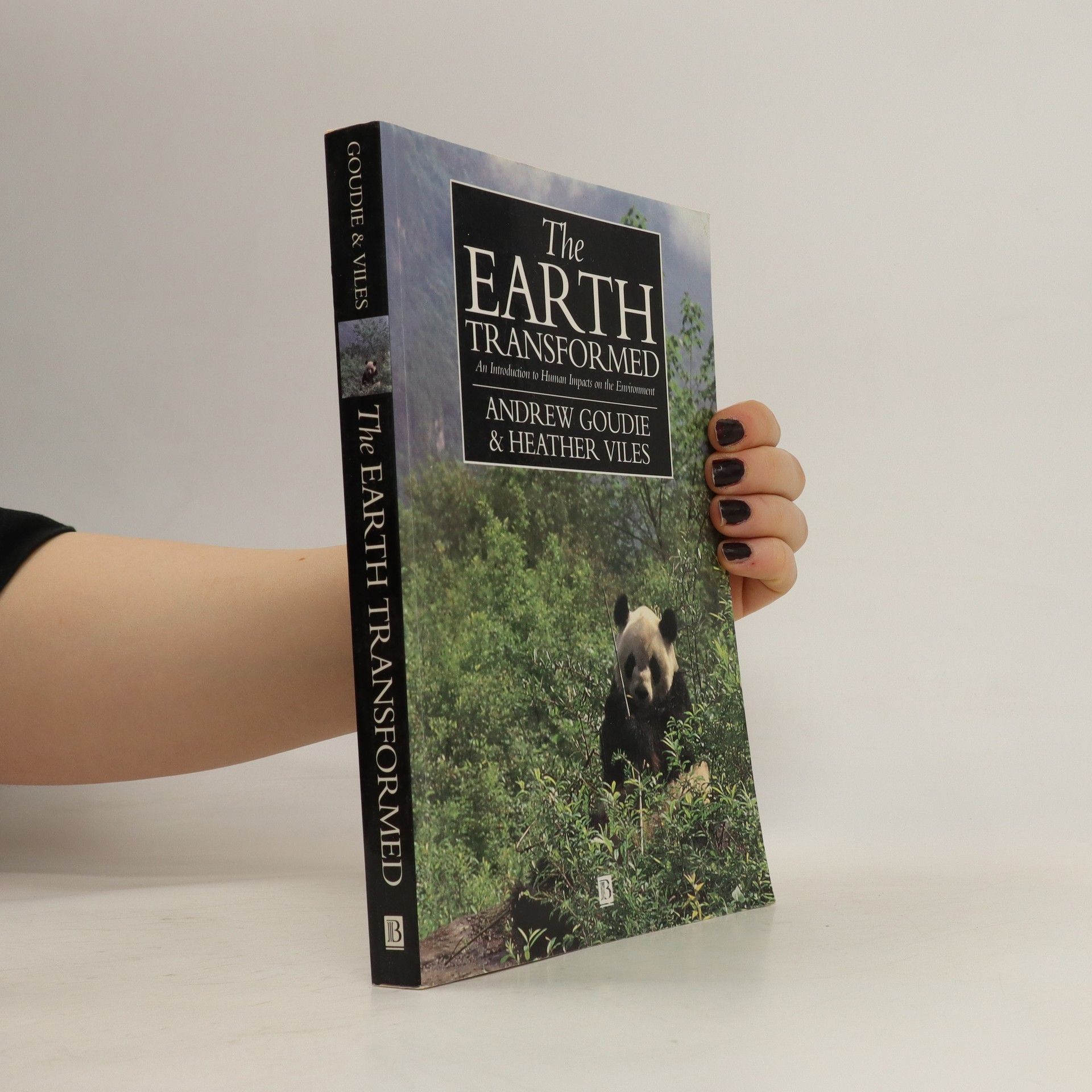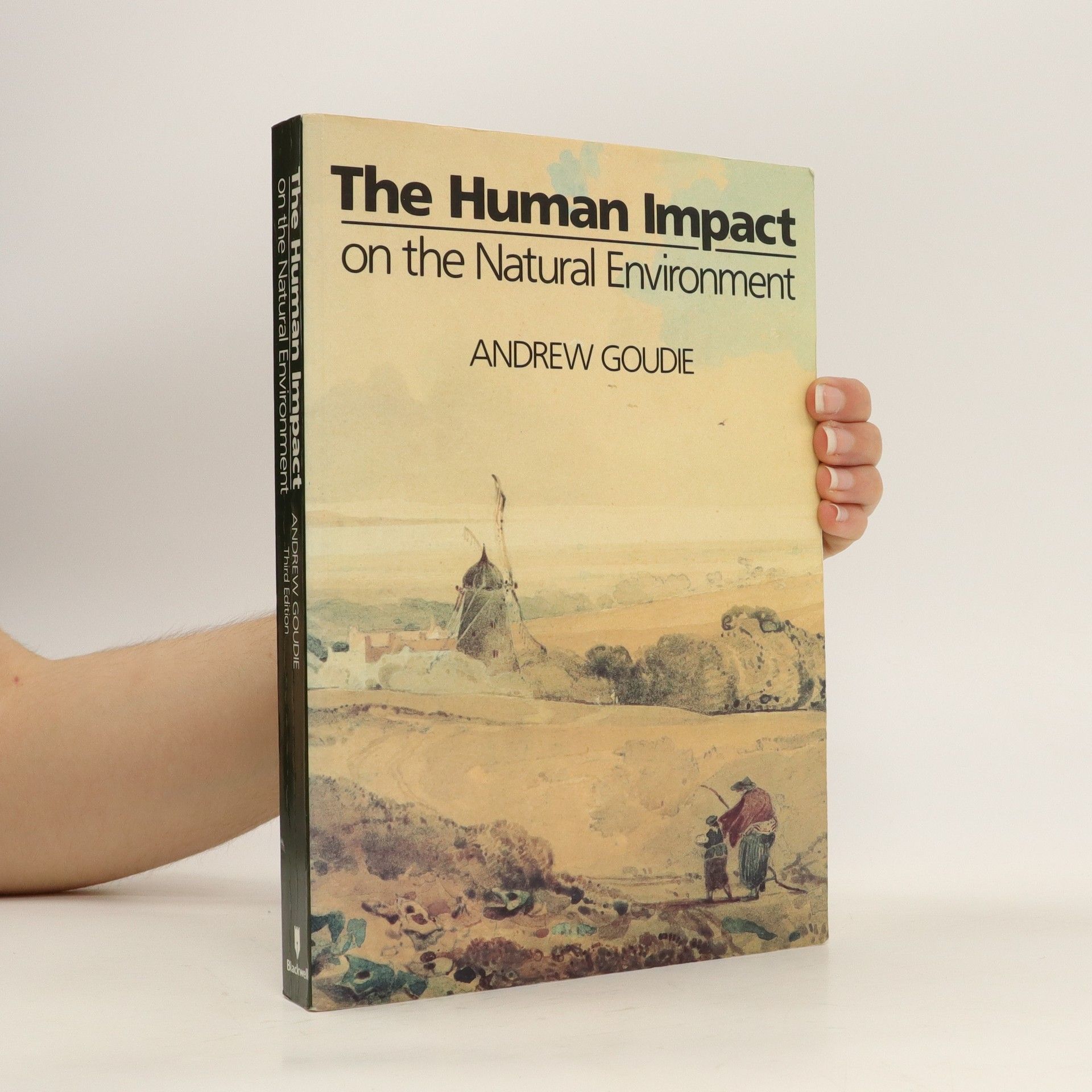The Earth Transformed answers the need for a concise, non-technical introduction to the ways in which the natural environment has been and is being affected by human activities. It is simply and engagingly written, and illustrated with maps, diagrams, figures and photographs. Among the subjects described and considered by the authors are desertification, deforestation, wetland management, biodiversity, climatic change, air pollution, the impact of cities on climate and hydrology, erosion, salinization, waste disposal, sea level rise, marine pollution, coral reef degradation and aquaculture. The book is organized around 45 case studies taken from all parts of the globe and chosen for their intrinsic interest and representative nature. Further features of the book include guides to further reading, suggestions for debate and study, and a glossary of terms. The book is aimed to meet the needs of students beginning courses on environmental science and geography.
Andrew Goudie Libros
Andrew Goudie es un geógrafo líder cuyo trabajo se centra en la geomorfología desértica, la erosión eólica y el cambio climático. Sus extensas publicaciones, incluyendo influyentes libros de texto, profundizan en los impactos humanos en el medio ambiente. La investigación de Goudie, que combina el trabajo de campo con el análisis teórico, ofrece valiosas perspectivas sobre la dinámica de los sistemas naturales de la Tierra. Su enfoque enfatiza la interconexión de los procesos geológicos y los desafíos ambientales globales.






Landscapes and Geomorphology: A Very Short Introduction
- 137 páginas
- 5 horas de lectura
Landscapes are all around us, but most of us know very little about how they have developed, what goes on in them, and how they react to changing climates, tectonics, and human activities. This Very Short Introduction discusses the key ideas and methods used to study and examine landscapes, and their importance in cultural terms.
Desert Landscapes of the World with Google Earth
- 284 páginas
- 10 horas de lectura
Focusing on desert landscapes, this book showcases a collection of annotated Google Earth images that highlight both natural and man-made landforms. Each image is paired with descriptive text detailing the features, their locations, and origins. Additionally, some sections include ground images captured by the author, enhancing the visual experience and providing a deeper understanding of these unique environments.
Landscapes of the Anthropocene with Google Earth
- 264 páginas
- 10 horas de lectura
Exploring the transformative impact of human activity on Earth's landscapes, this book utilizes Google Earth to illustrate changes over recent decades. It examines key factors such as land use, climate change, energy demands, population growth, and globalization, arguing for the recognition of the Anthropocene epoch. The text delves into various landscape types, including rivers, coasts, lakes, deserts, tundra, and glaciers, highlighting how these environments have been reshaped by human influence.
The exhilarating stories of civilian and military drivers who crossed the Sahara Desert in the early 20th century.
Offering a historical account of the biology and use of camels in the modern imperial era, this volumes looks at camels in trade, pilgrimage, normadic societies, war and travel.
An examination of the ways in which human beings have changed and are changing the face of the Earth, and the human role in natural processes and systems. This revised and up-dated edition addresses global climatic change, loss of wildlife habitats and discusses groundwater quality and levels

